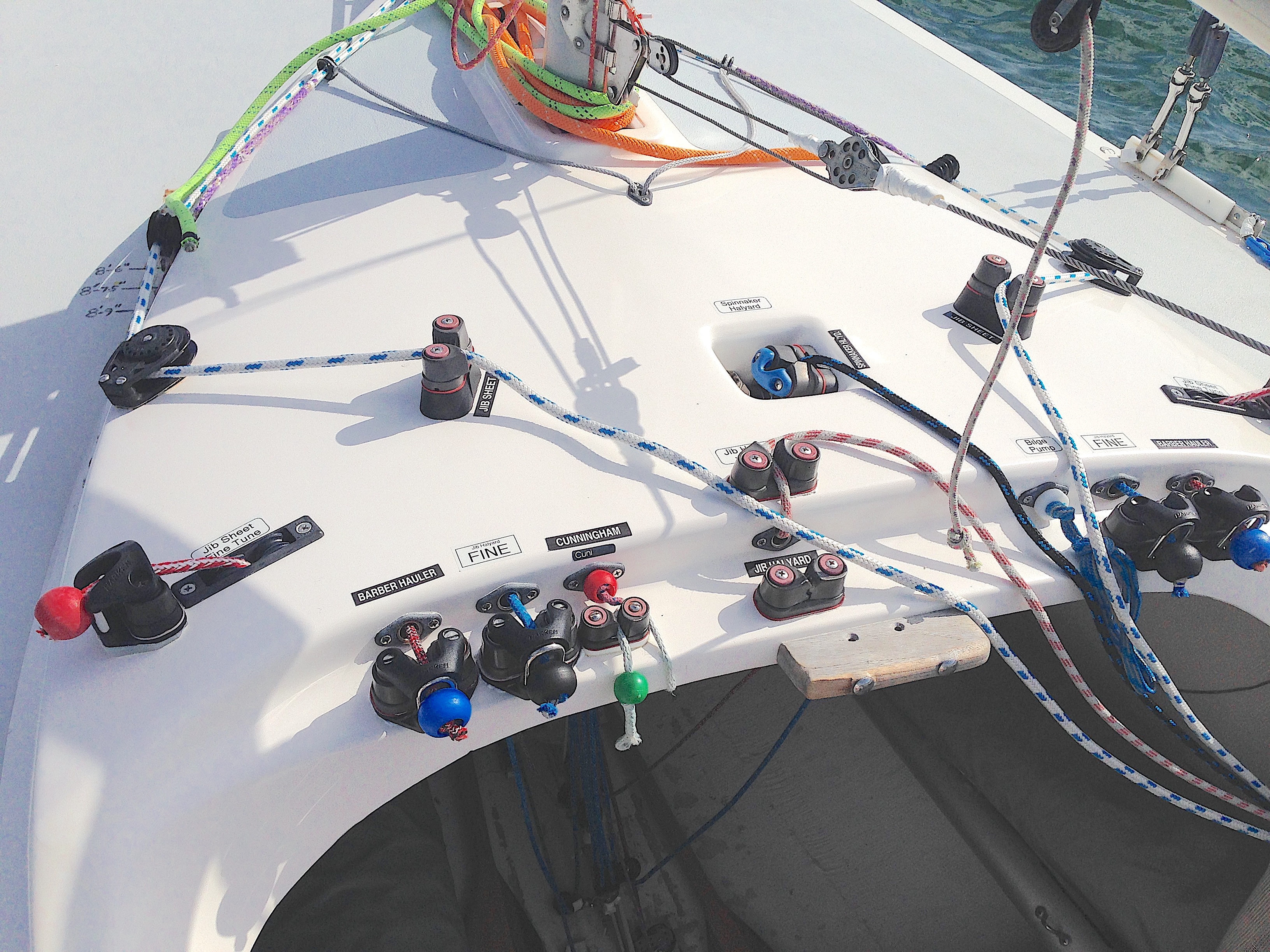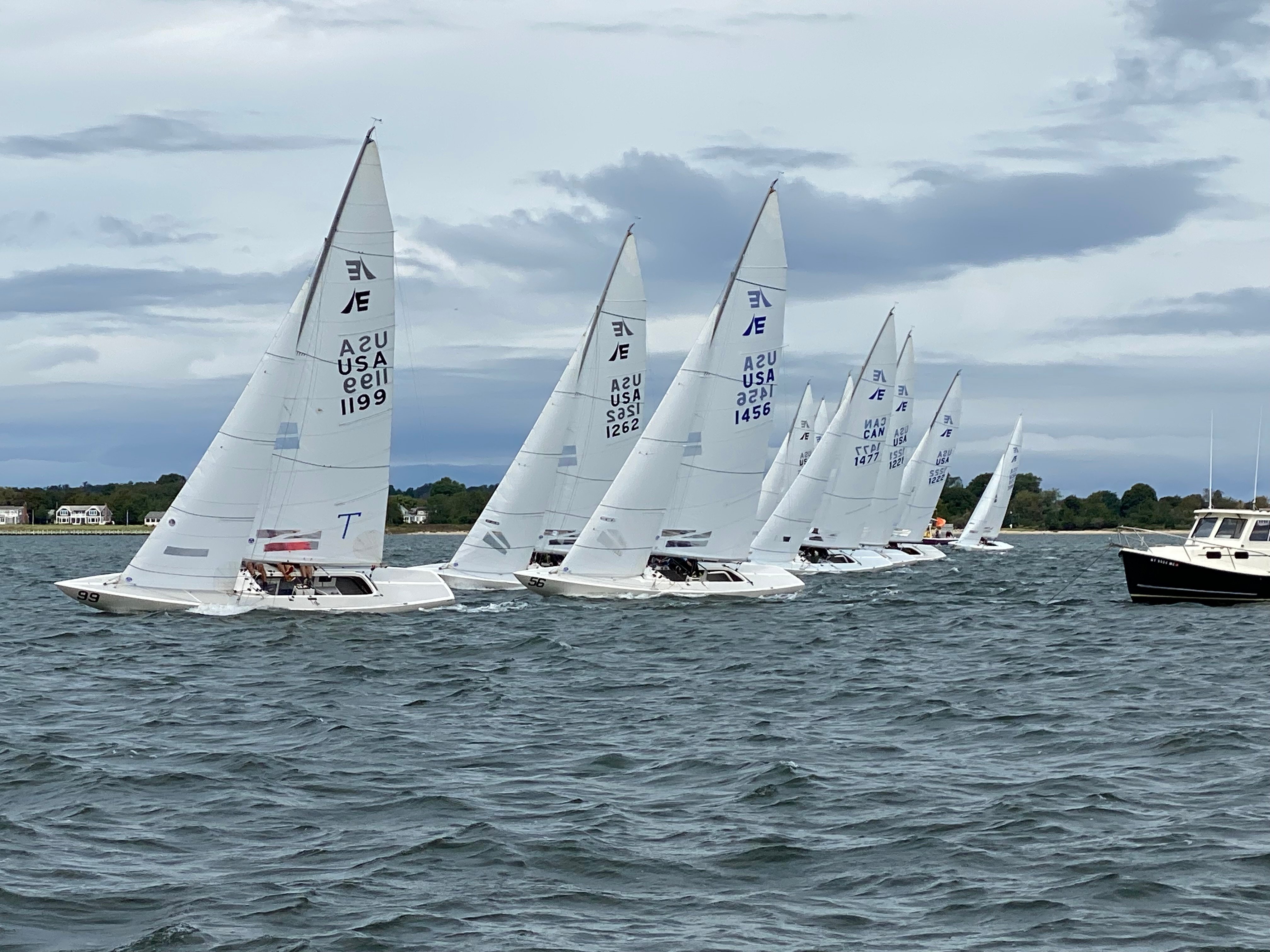Data, Destinations, and the Art of Sailboat Racing
On Saturdays during the summer, I spend my days racing sailboats on the eastern end of Long Island, New York.
It occurred to me one Saturday morning that sailboat racing, in some ways, has a lot in common with managing and marketing a destination — especially when it comes to using data to adjust course.
The type of boat I race is an International Etchells. The Etchells demands a unique combination of skill, strategy, and finesse that keeps me engaged and enthralled every time we hoist the sails. The tactical nature of Etchells racing requires our three-person crew to make more than 25 different adjustments as we analyze wind shifts, make split-second decisions, and engage in intense battles for position with fellow sailors.
On racing day, we start by checking the wind forecast, tide data, and local currents to see how they'll impact our race course. We choose the sails — the main, jib, and spinnaker — that are optimal for the day’s race.
 The International Etchells features 14 different lines to be adjusted depending on the conditions.
The International Etchells features 14 different lines to be adjusted depending on the conditions.
Once we start racing, we constantly analyze many different data sources. We look at the telltales (ribbons or fabric strips attached to the sails) to ensure we're driving the boat in the optimal wind direction to reach our next buoy. We confirm the wind direction using the a small weather vane at the top of the mast, and we make adjustments to our main sail, jib, and spinnaker throughout the entire race.
Both the preparation and in-progress data are key. Just like my race team relies on weather forecasts, destination organizations must rely on projections and data-informed assumptions to create plans and strategies. But once a plan or campaign is put into action, it’s the data that drives real-time adjustments. And just like we use multiple instruments to understand wind conditions, effectively steering a destination organization requires comparing and validating multiple data sources.
Working in silos is not effective — in racing or in destination organizations. On the boat, our crew constantly communicates and shares ideas and recommendations from past experience. Although our team is led by a skipper who makes the ultimate decision on which way to go, it’s only once each team member shares their data that it’s possible to make the right choice.
Similarly, destination group sales and marketing teams need to communicate, and research and sports departments should share data. Only then can destination leaders feel confident in plotting the right course of action.

Some days we win and some days we don't. After the race, we debrief and compare ourselves to our competition. Did we effectively use all the data available to us? Our results are our benchmark against the competition, and we ask ourselves if we used the right sails and made the right adjustments. In the same way, destination organizations must use data to understand the effectiveness of marketing campaigns and other initiatives to achieve future success.
A sailboat race may only last a couple of hours, but stewarding a destination is a much longer course. Whether we encounter smooth sailing or rough seas, using the right tools, checking the data in real time, and effectively collaborating with our crews will help us navigate the ever-changing waters.
Want to know how destination data can help you make the right adjustments for your community? Book a demo today to find out.



